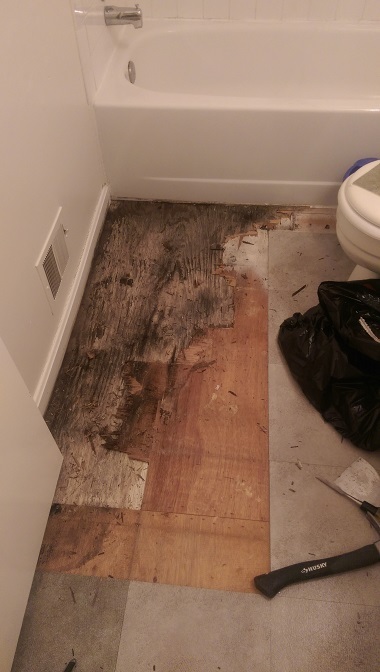How to avoid a Water Damaged Bathroom
How to avoid a Water Damaged Bathroom
Blog Article
Are you currently in search of information around How to Fix a Water Damage Bathroom?

The restroom is very at risk for moist build-up as well as possible water damages because of the constant use water in it. This article provides easy assessment strategies to aid spotting water damage risks.
The regular use water in the washroom makes it exceptionally vulnerable for moist accumulation as well as prospective water damage. By checking it frequently, you can decrease water associated problems.
The complying with collection of assessments is very easy to do and also need to be done as soon as in every 3 months in order to maintain your washroom healthy and also to stop possible water problems triggered by the tub, the shower, pipeline joints as well as plumbing, sinks, cupboards, as well as the toilet
Do not overlook carrying out these inspections and be thorough while performing them. Keep in mind that these basic evaluations can save you a lot of money by offering early indicators for water damage
Sinks and Cabinets
Sinks and cabinets are exposed to moisture and humidity daily and are often overlooked. Inspect on a regular basis under the sink and also on the counter top over it. Repair any type of drip in the trap as it may recommend drainpipe issues. Browse the sink, sluggish draining pipes may indicate an obstructed drainpipe. Change sink seals if they are broken or loose.
Bathtub and also Shower
The shower and also tub need special focus as well as maintenance. Examine the ceramic tiles and change if split. Ensure that there is no missing out on cement between the floor tiles. Check and change cracked caulking at joints where the wall surfaces meet the flooring or the tub. Clogged drains pipes and pipelines issues will stop the bathtub from drying out as well as might suggest serious issues beneath the bath tub. Speak with a specialist promptly to prevent architectural damage. Take notice of discolorations or soft locations around the bathtub wall surfaces as they may show an internal leakage.
Plumbing
Signs for water damage are difficult to detect considering that most pipes are mounted inside the walls.
Pay unique attention to floor covering and walls dampness as well as discolorations as they may suggest an invisible plumbing issue. Examine moisture degrees in adjoining spaces too.
The Toilet
The bathroom is a prone water joint. Check the water lines as well as look for leaks around the bathroom seat, in the hose, as well as under the water container. If you detect any type of indicators of moisture on the floor around the commode, look for leaks in the toilet edge and also tank seals.
Understand that hanging commode bowl deodorants boosts the opportunities for clogs.
How to Prevent Bathroom Water Damage Caused By Your Plumbing
Prevent Water Damage Caused by Your Plumbing
There are many things you can do to prevent water damage in your bathroom. Let's take a look at a few actions you can take:
Shower and Tubs
Inspect tiles to see if any are missing or cracked. Check grout areas to see that the grout is not missing. Water can seep behind tiles and damage the wall if tile and grout is not in good shape. Don't let water sit in the tub. Standing water can find ways to get around a faulty drain. Check out caulking around tubs and showers and replace or repair any areas that may allow water to seep through. Dry the floor immediately after bathing or showering. Don't let water sit on the floor. Use the exhaust fan to pull moist air out of the area. Keep the room as dry as possible. Sinks and Cabinets
These are exposed to moisture every day. Inspect them often to see that there are no leaks or moisture issues that might cause problems. If the trap has a leak or any moisture around it this could indicate a problem with your plumbing in Chico. Somewhere in the system there has to be excess moisture. Get this looked at. Any drips from faucets need to be repaired. Small leaks lead to larger leaks and bigger problems. Check seals and grout around sinks also. If they are cracked, broken or simply missing replace or repair them. Toilets
The seal on the bottom of the toilet needs to be inspected regularly. If you see water near the base of the toilet have the seal replaced. Make sure the tank does not leak. If you hear the tank filling for no reason you know there is a leak. This constant water drip can cause damage to the toilet and any others near it that stay wet. Check water lines leading to the toilet. These can often leak and cause damage if left unchecked.

We had been shown that editorial on How to Repair and Prevent Bathroom Water Damage from an associate on a different site. Feel free to set aside a second to share this blog post if you enjoyed reading it. Many thanks for your time. Visit again soon.
Source This Article Report this page